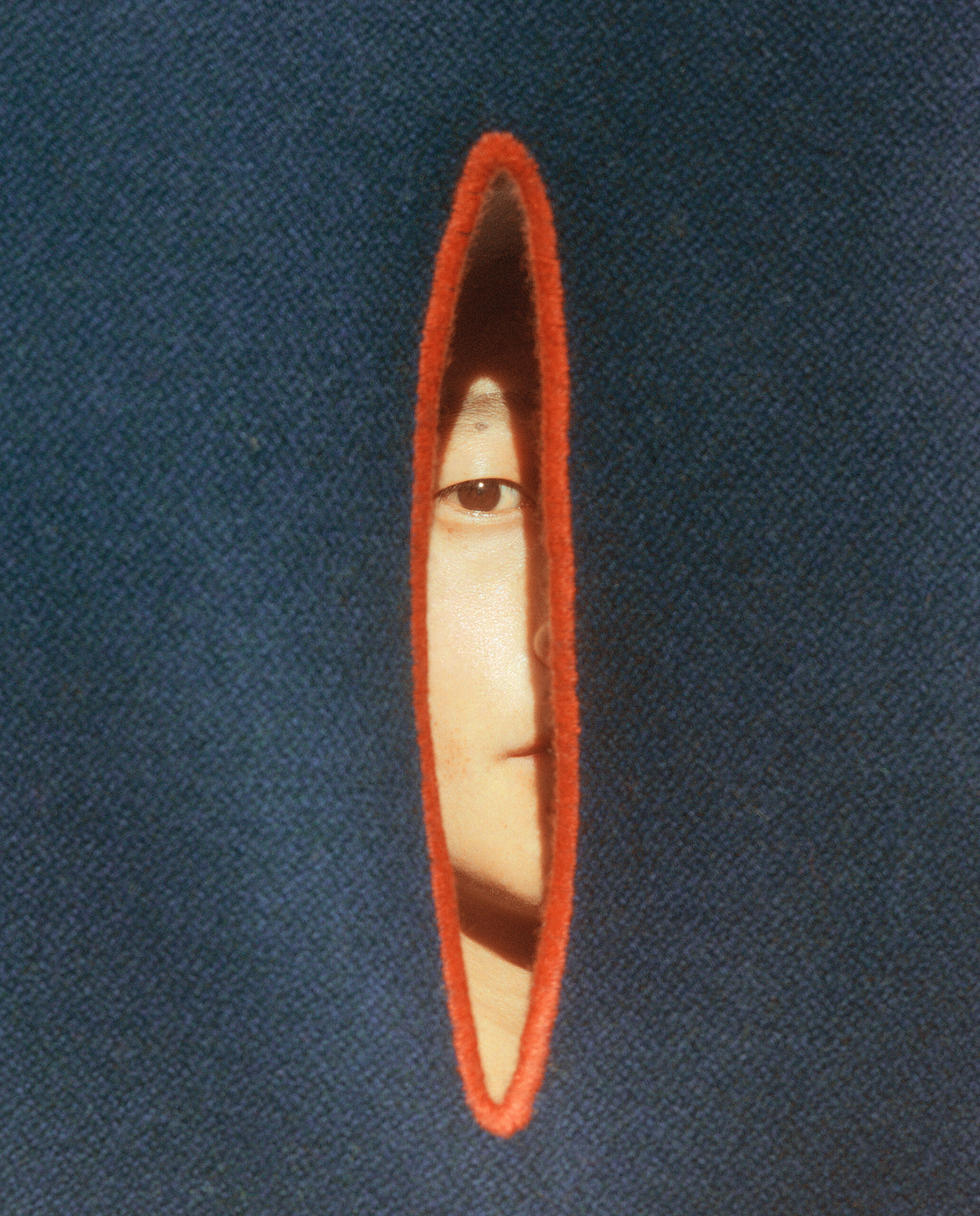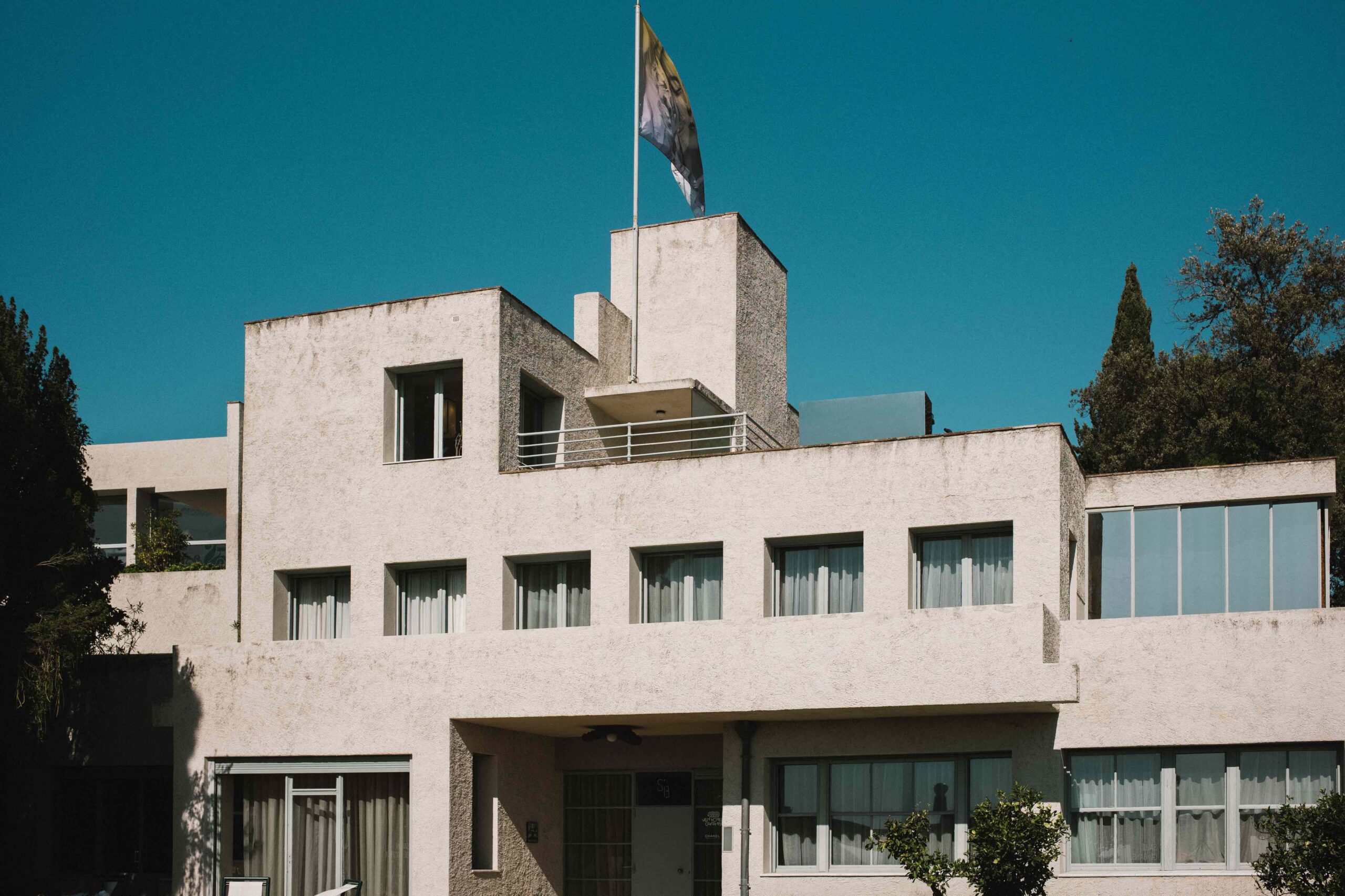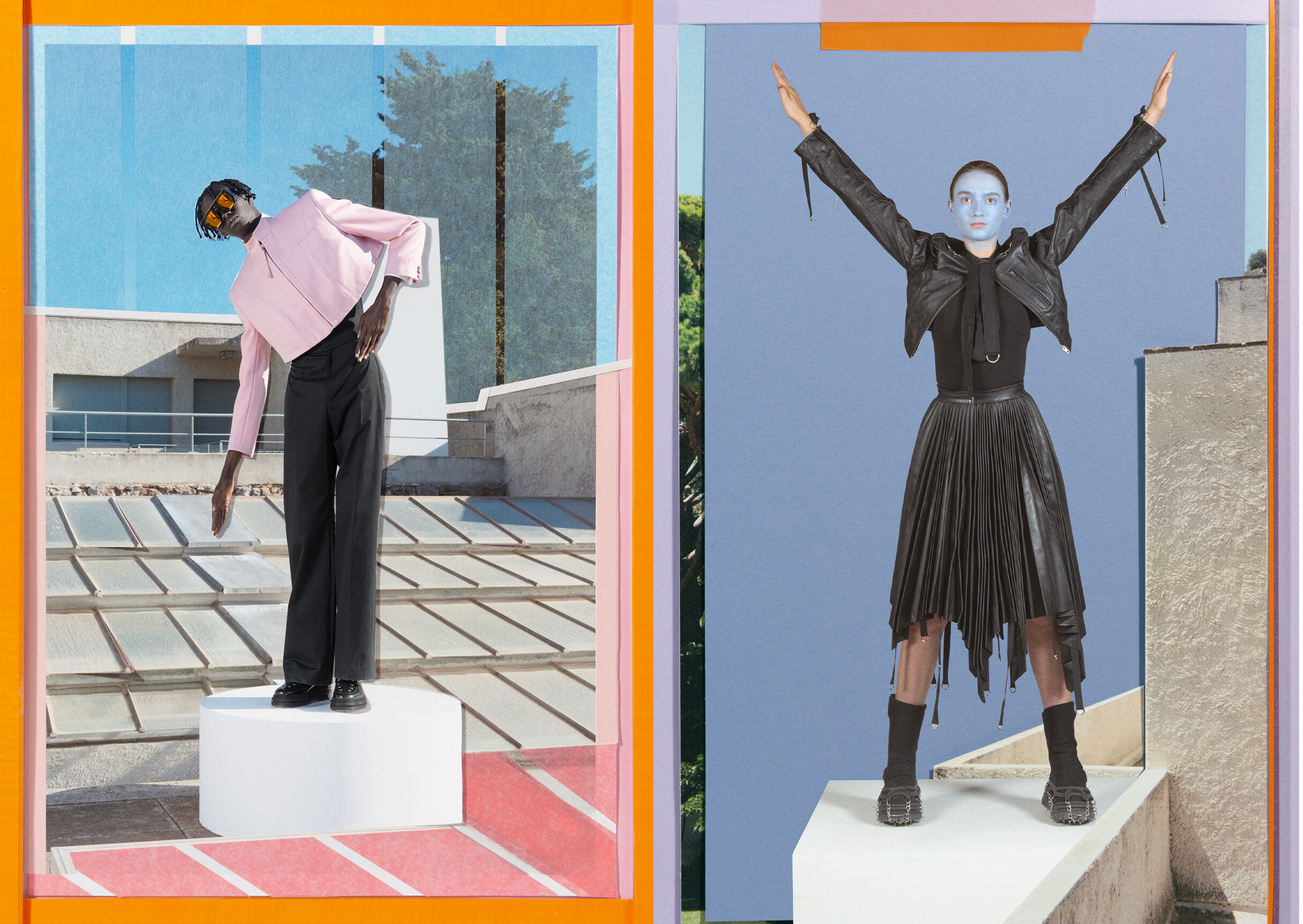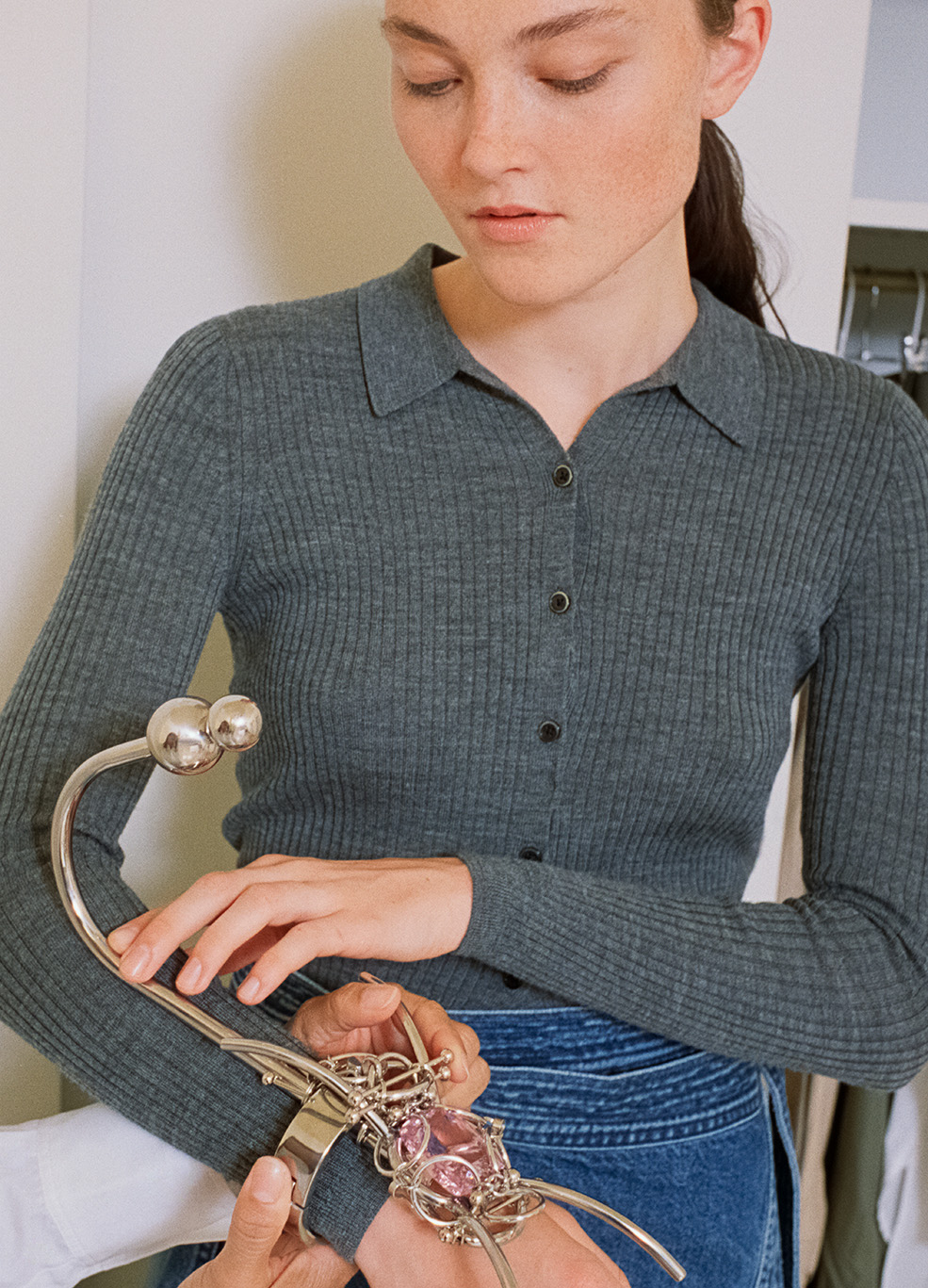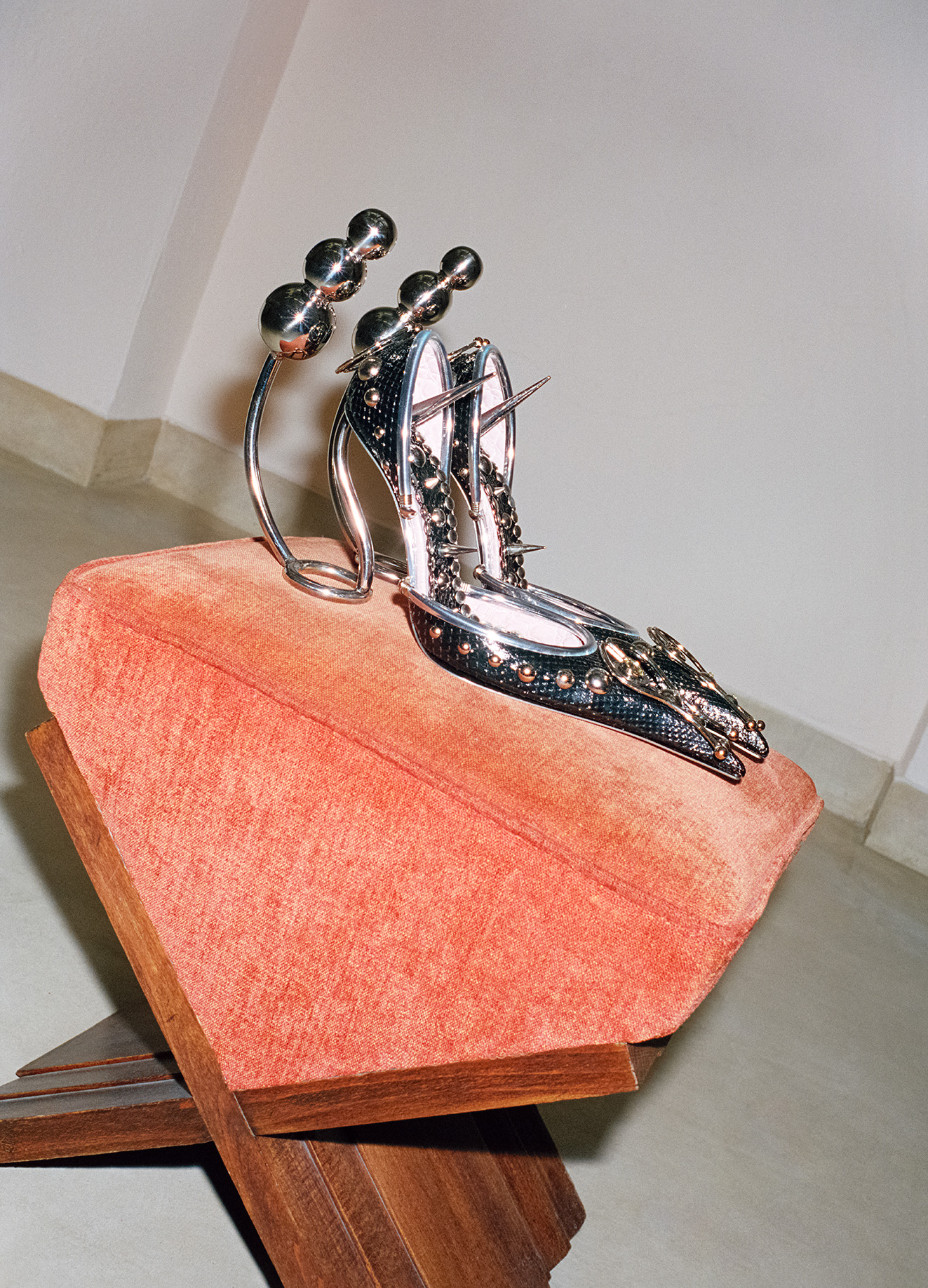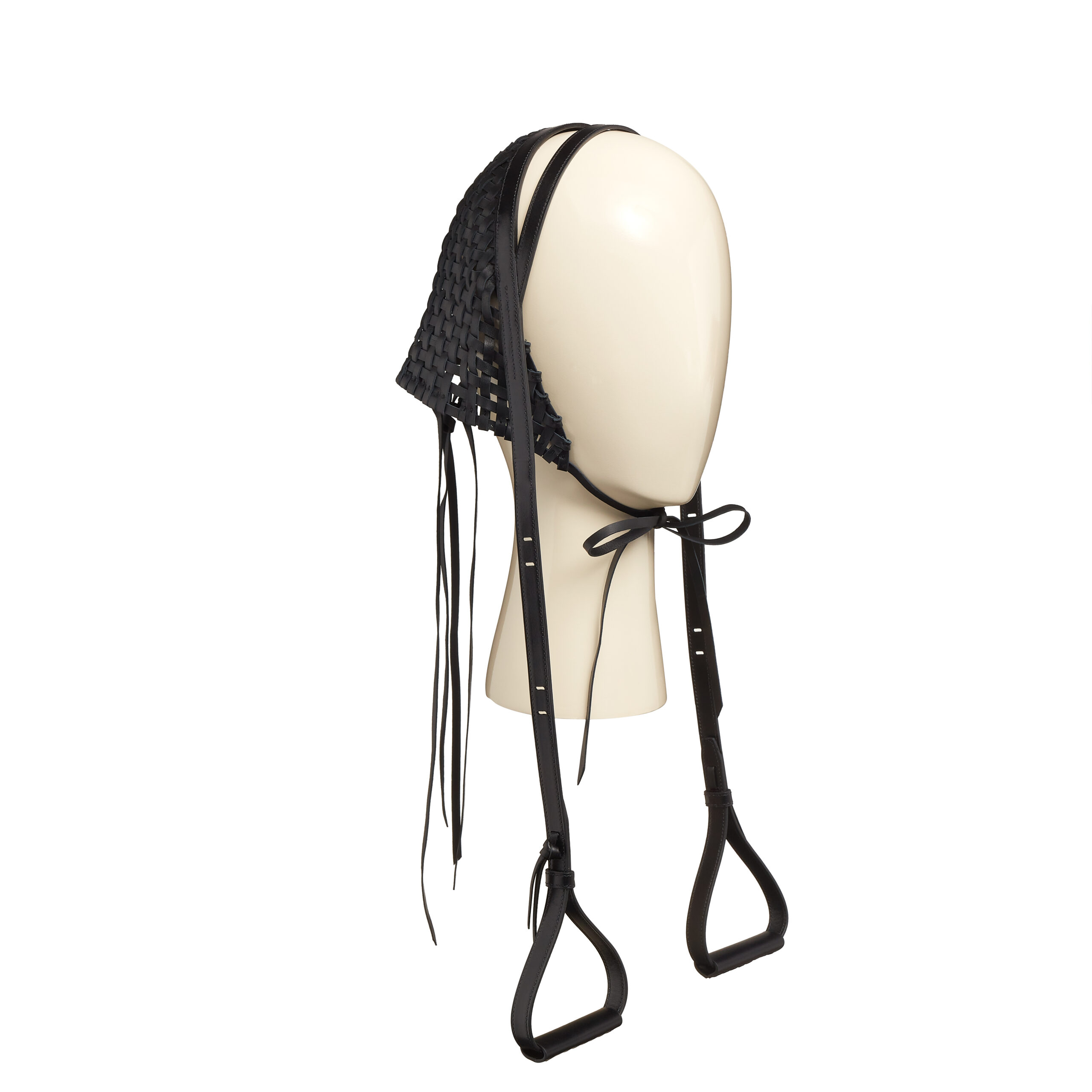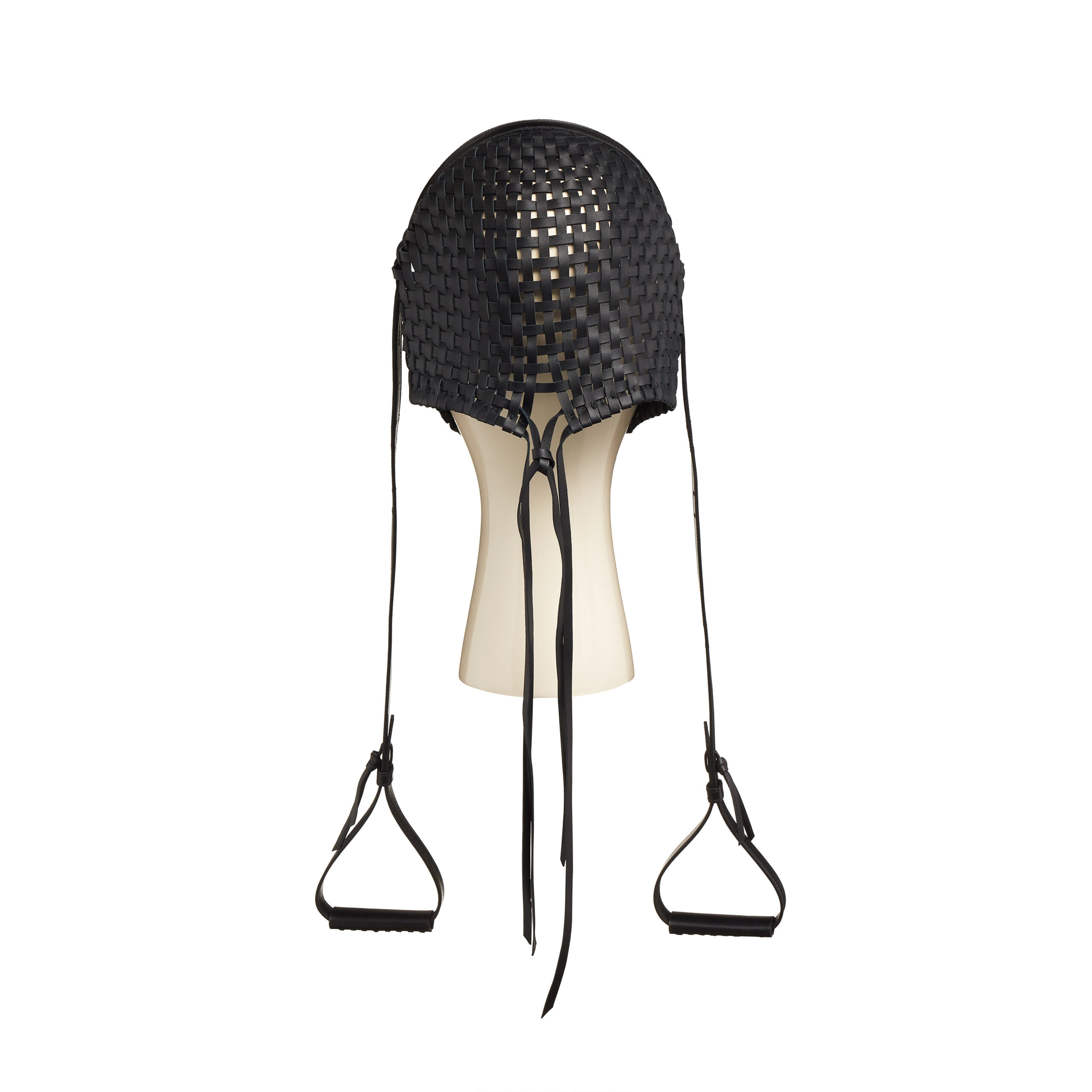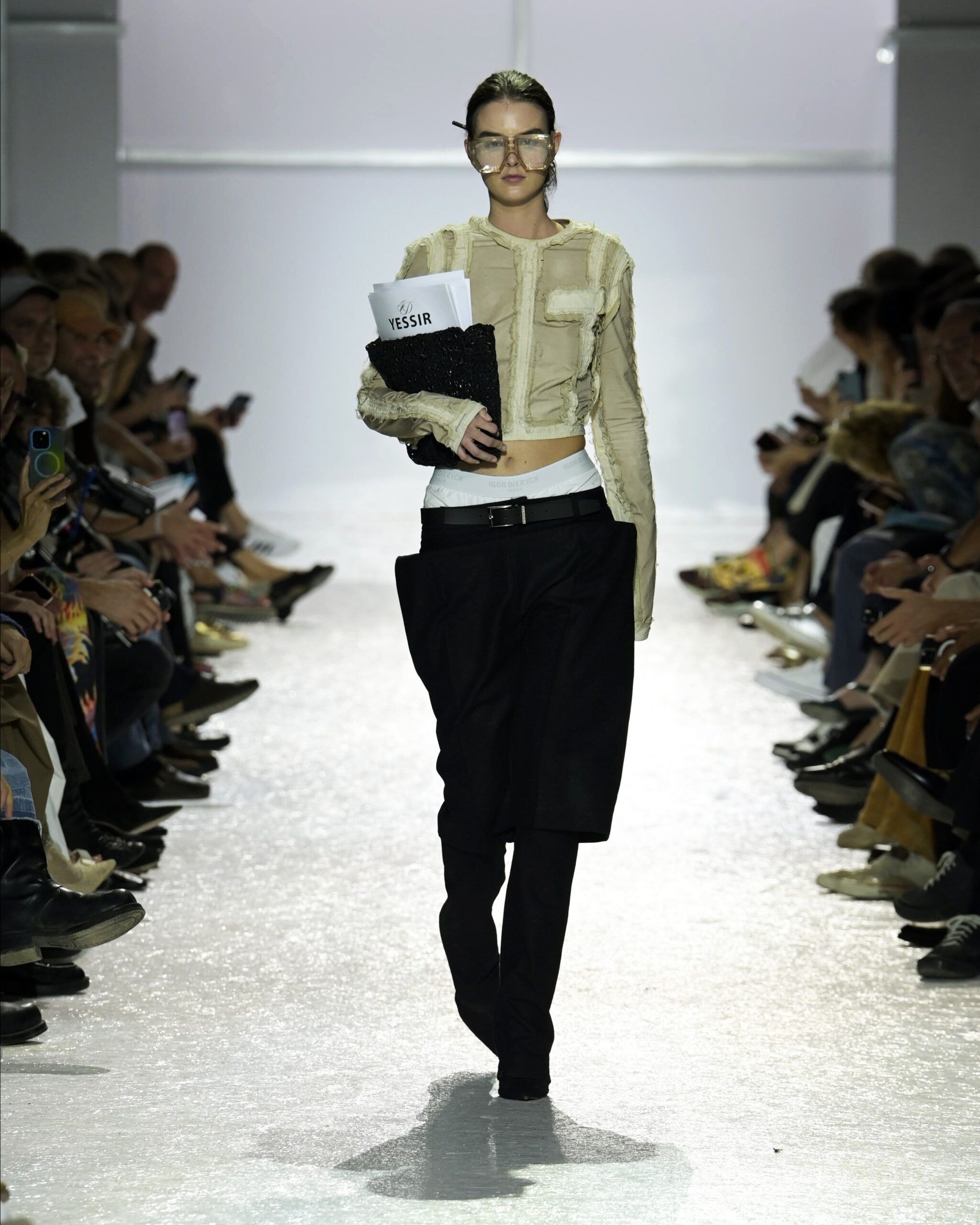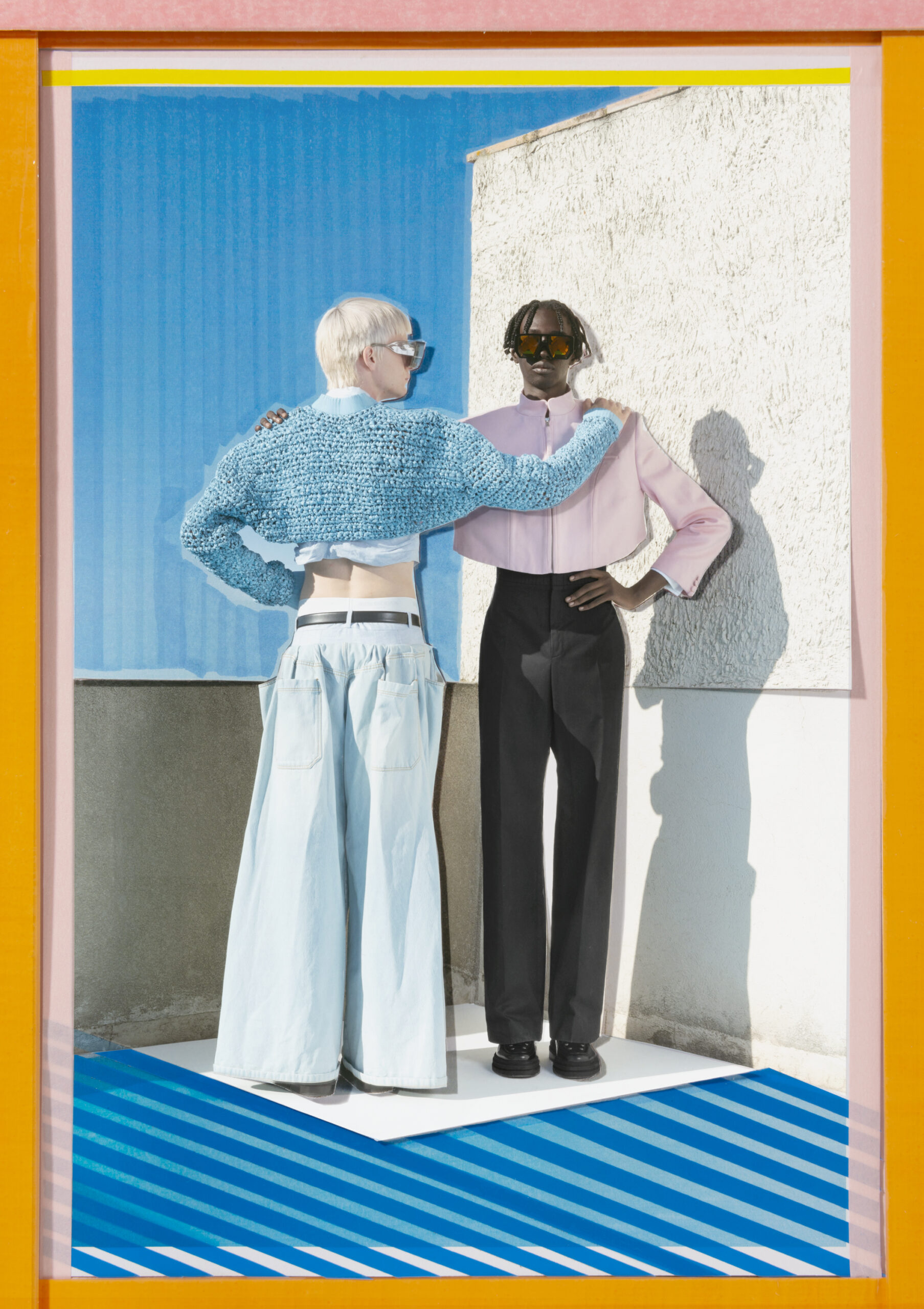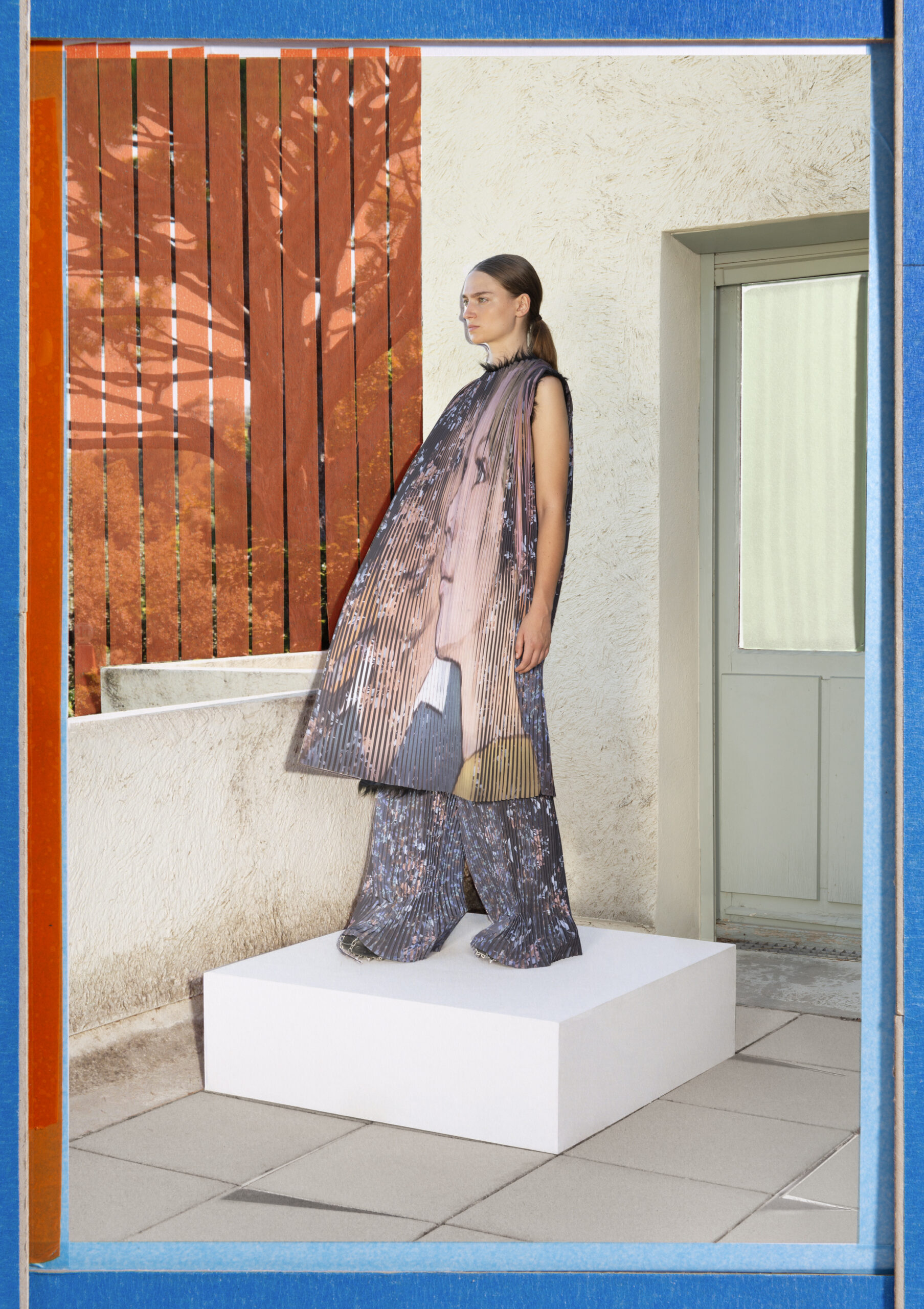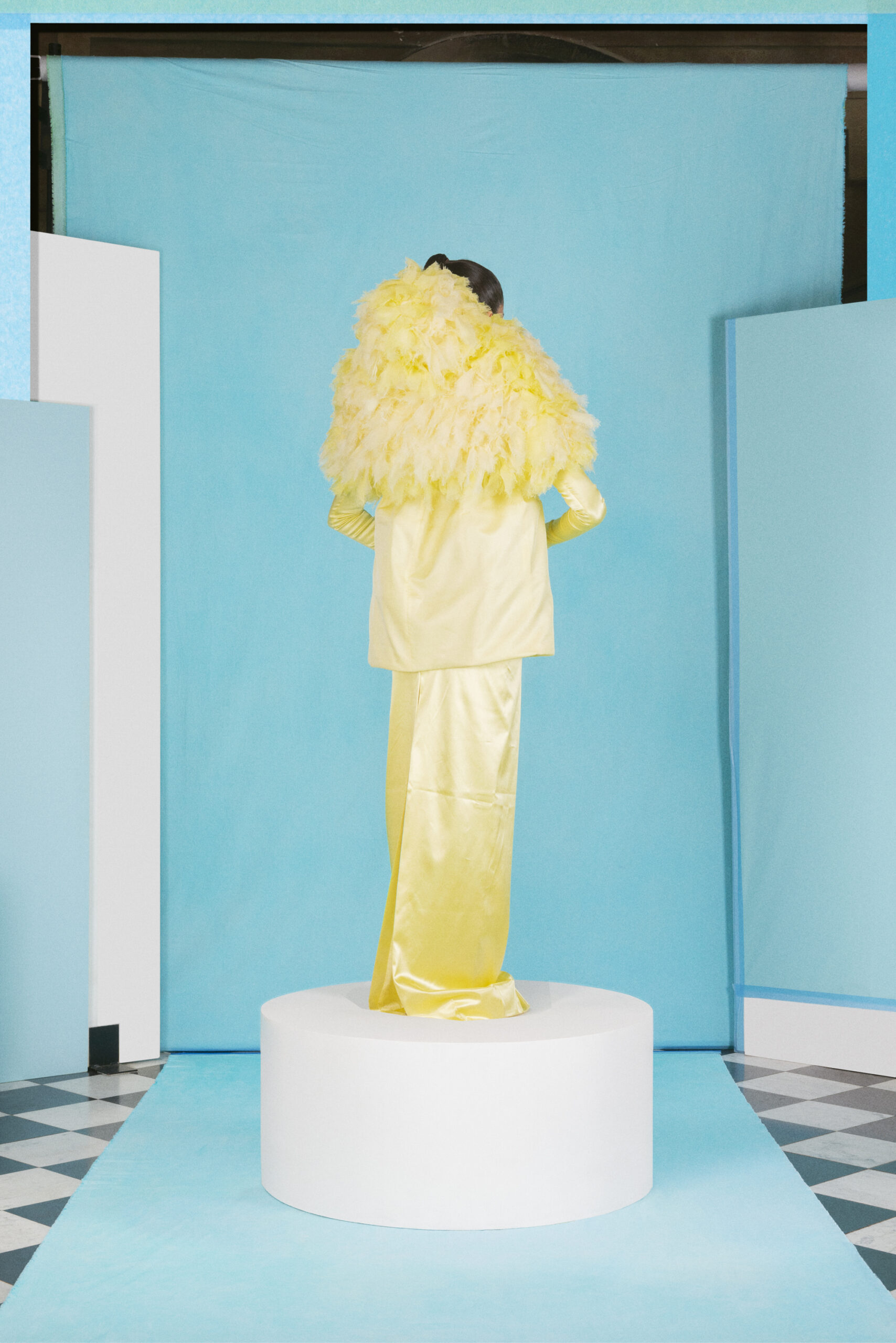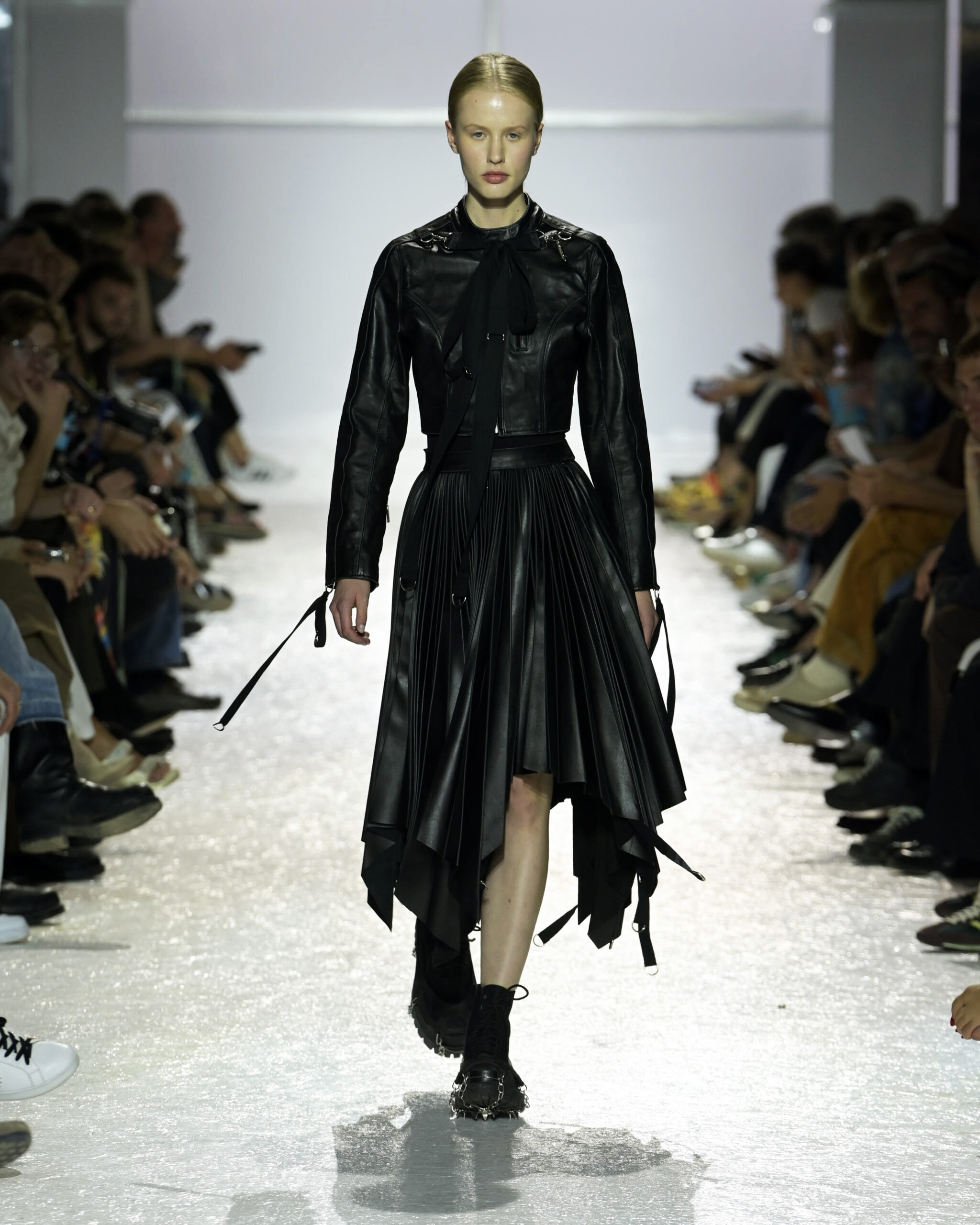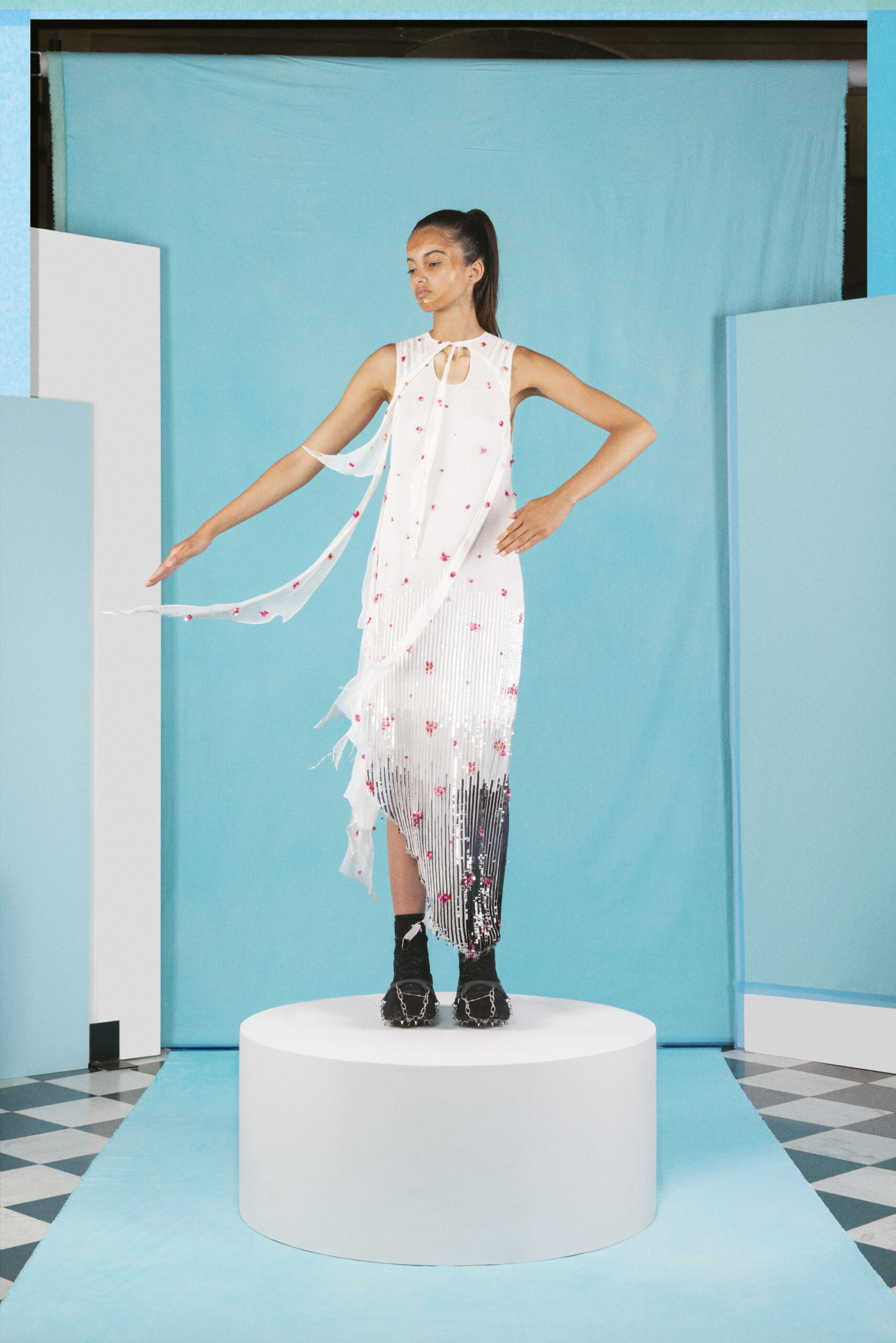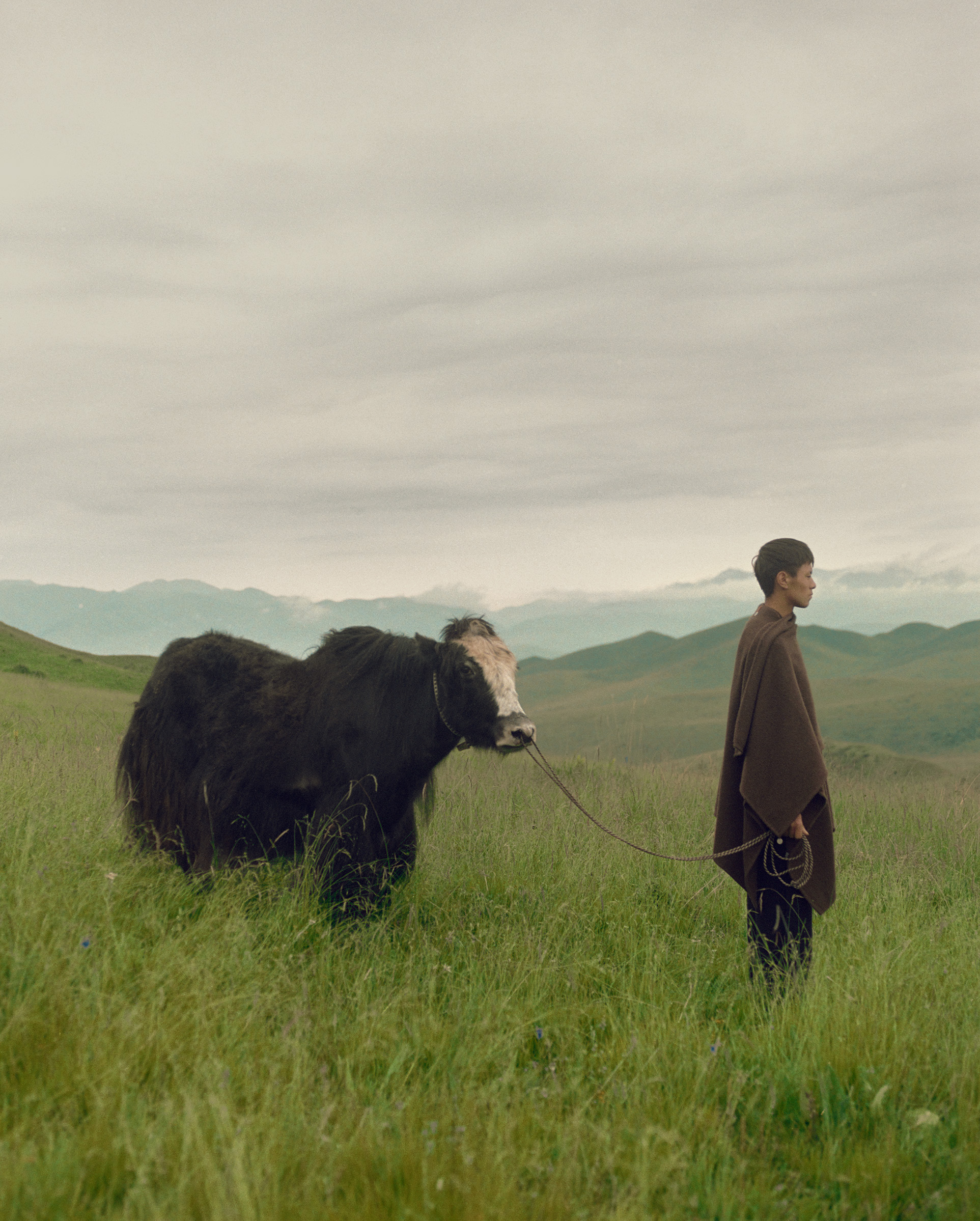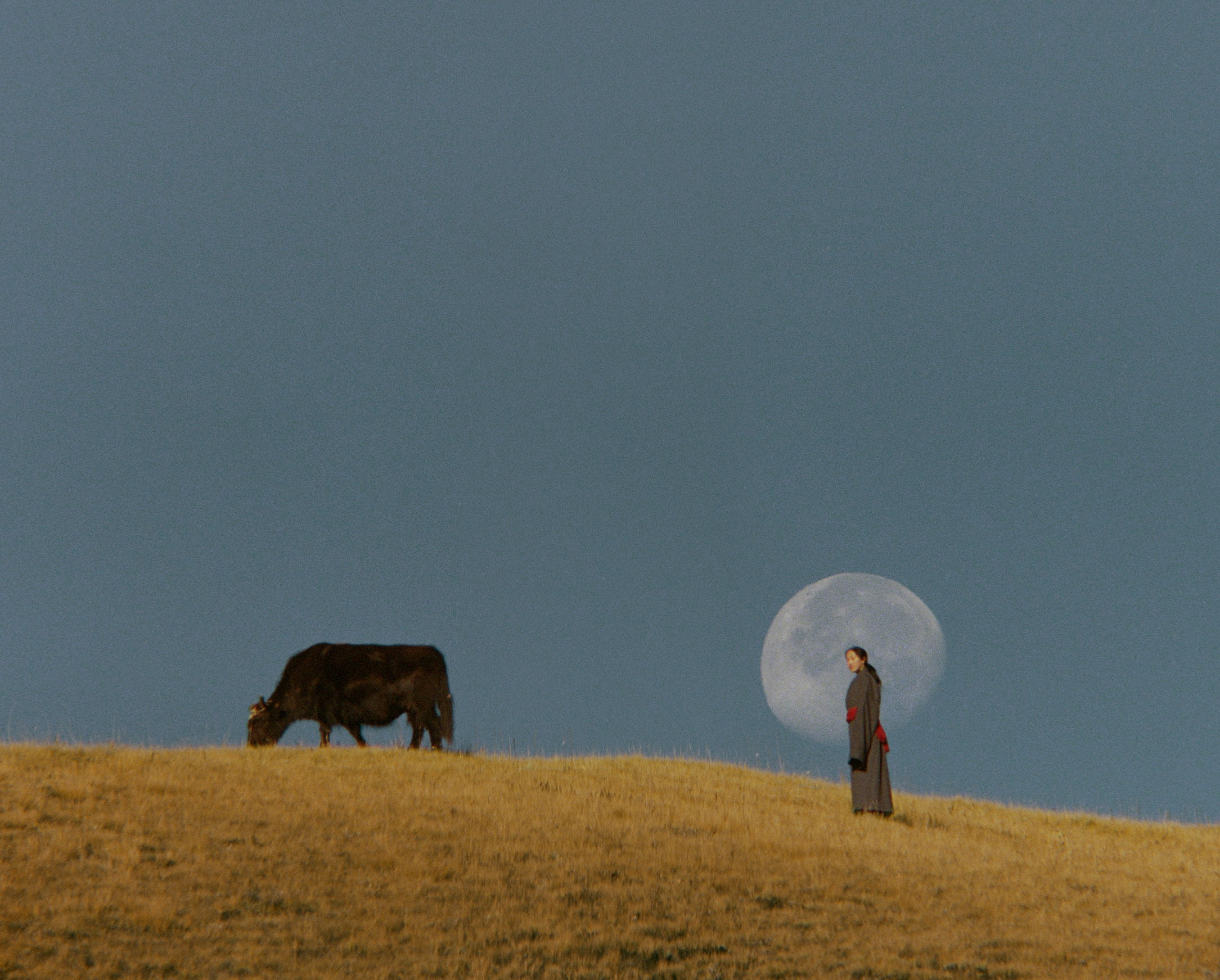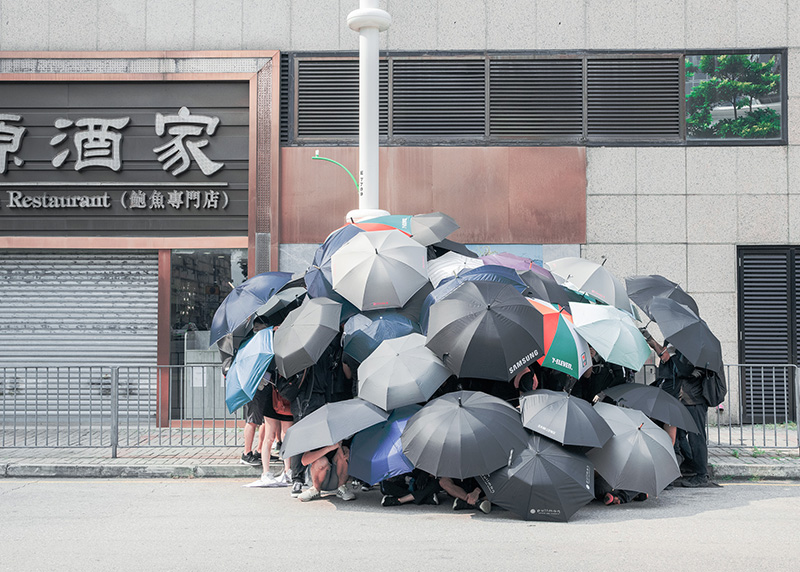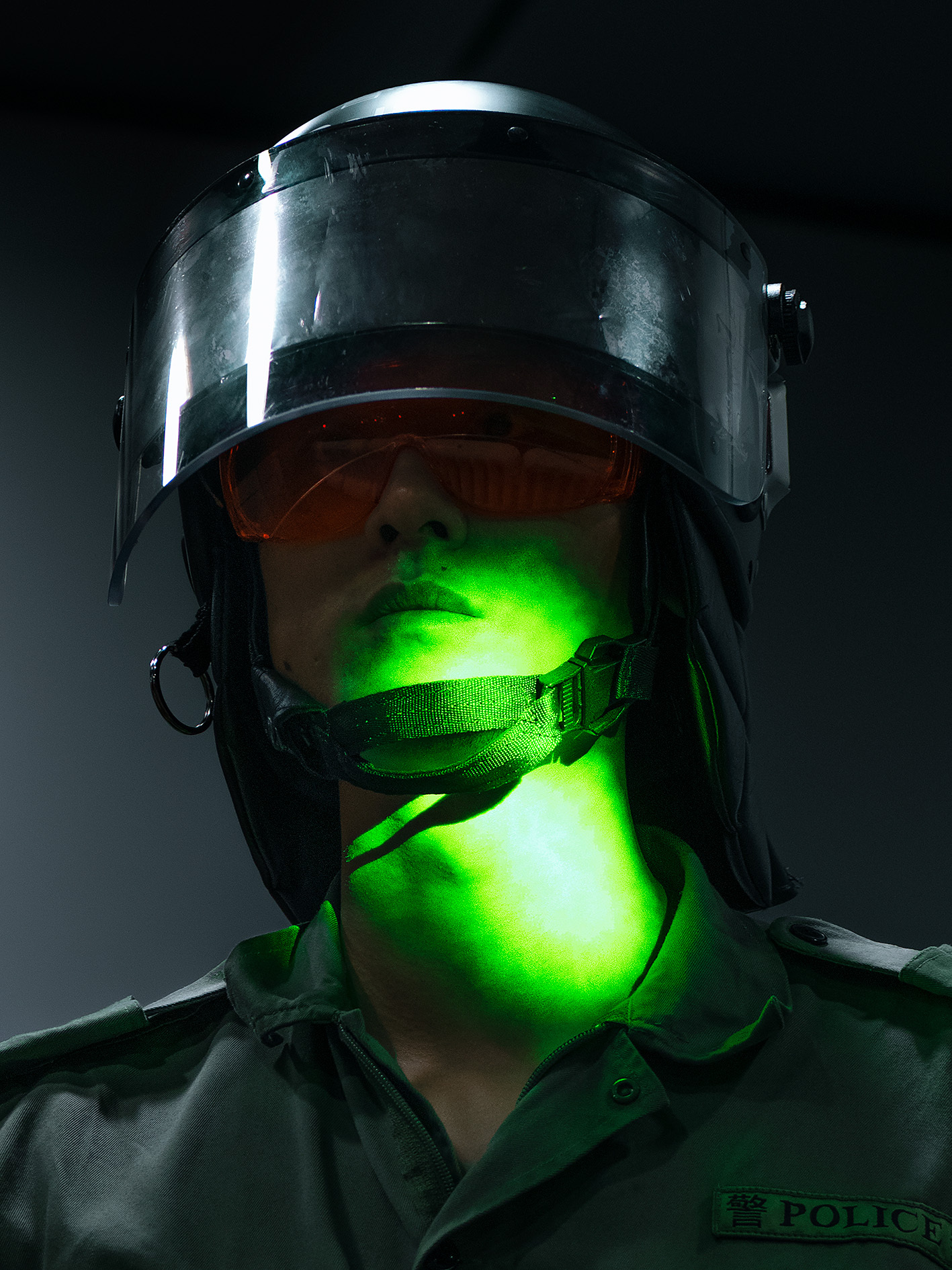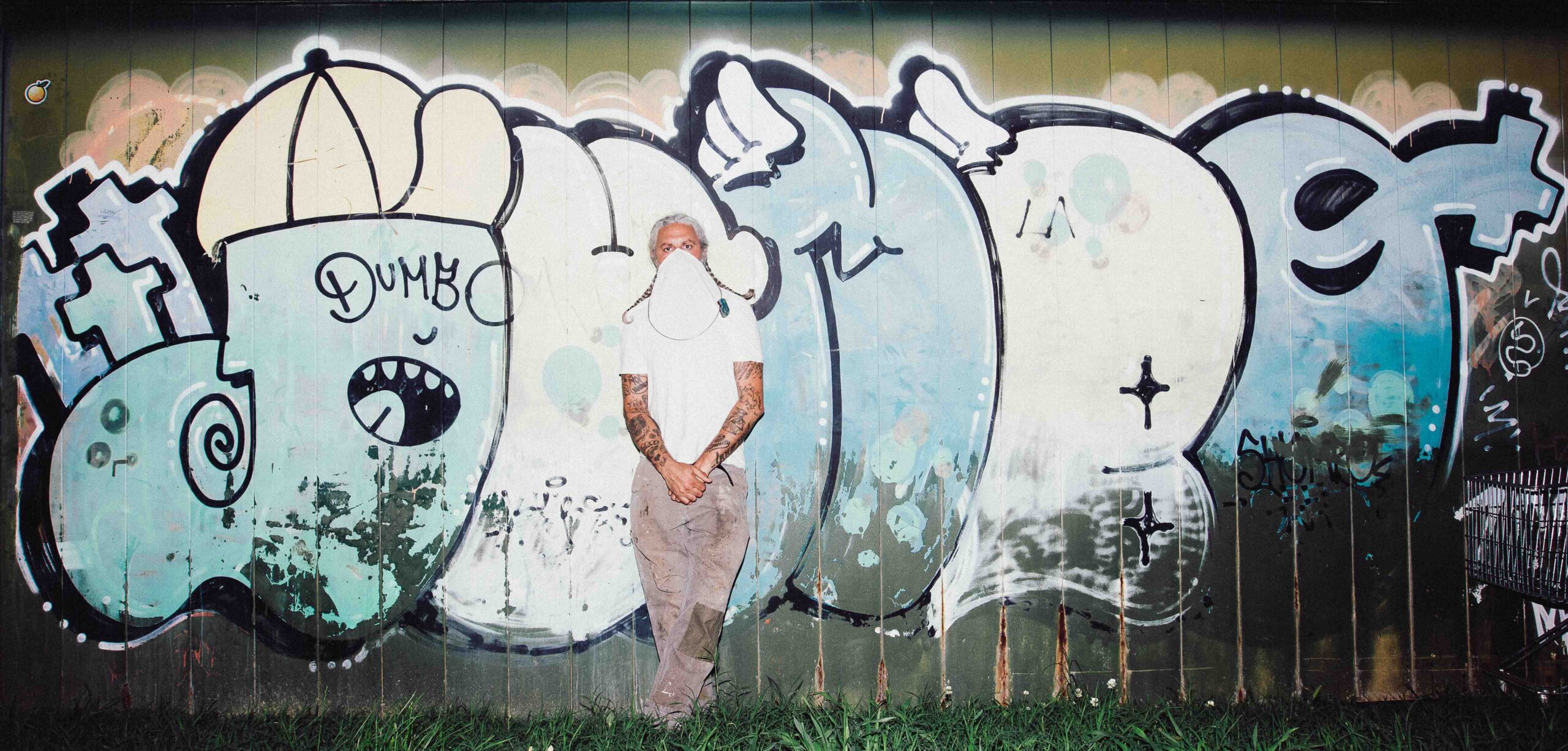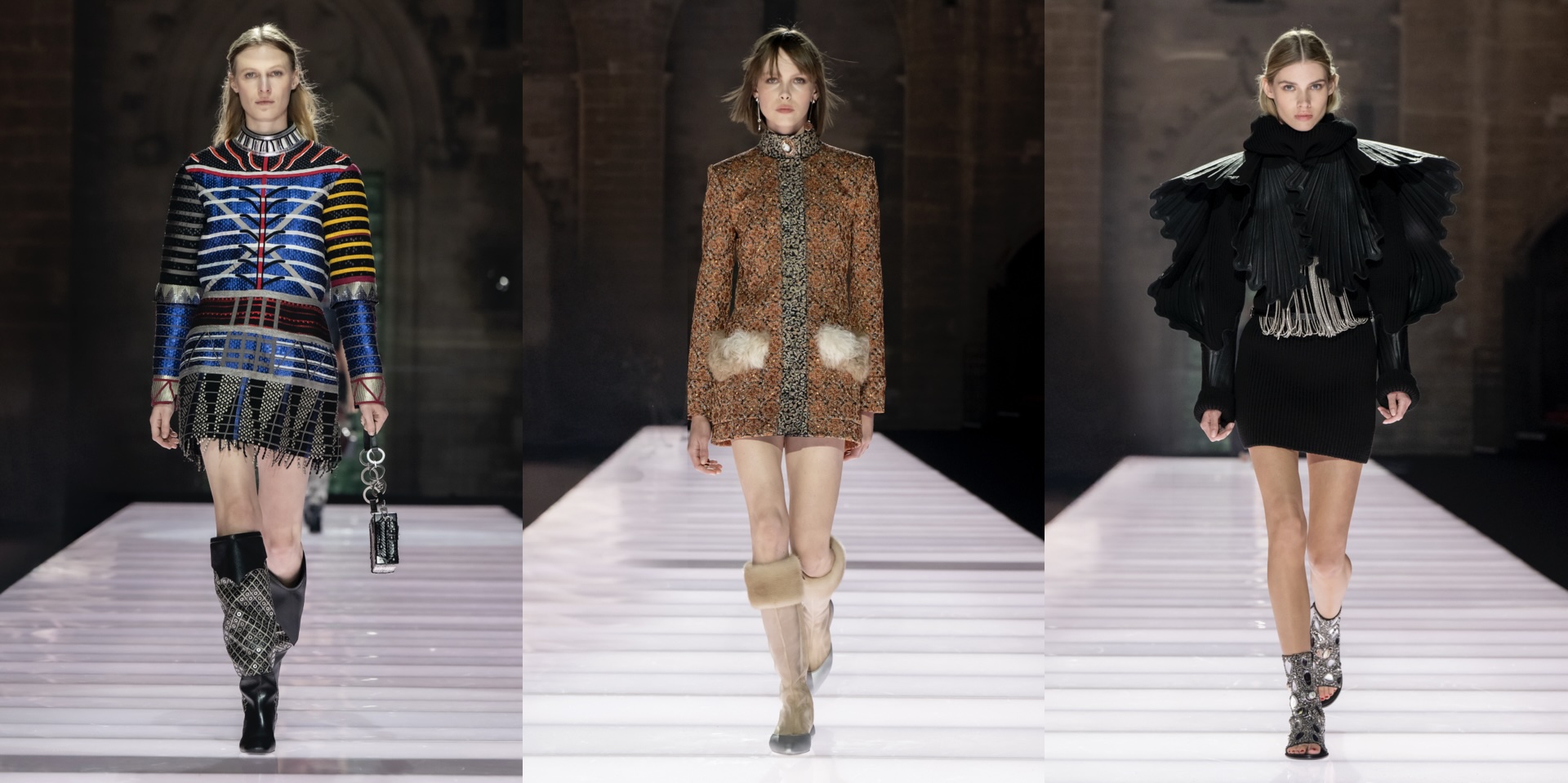This year, the Hyères Festival celebrates the centenary of the Villa Noailles, the modernist residence, experimental site and centre of cultural patronage. The 2023 edition, therefore, could only celebrate this important anniversary by strongly renewing its mission to support new generations of creatives. The jury is also made up of very young people: Luis Alberto Rodriguez heads the photography jury, the accessories jury is chaired by Alan Crocetti, a self-taught jewellery designer, and the fashion jury by Charles de Vilmorin, who became creative director of Rochas at a very young age. The support of French fashion around the festival is of great importance; it is thanks to the participation of Maisons such as Chanel and Hermès that the event guarantees a high level of craftsmanship, sustainability and manufacture. Indeed, it is since 2014 that Chanel has strengthened its ties with Villa Noailles and its ongoing commitment to creativity and the avant-garde, becoming a Major Partner of the Festival. In 2015, Chanel was the guest of honour of the 30th edition: Karl Lagerfeld as Artistic Director and Virginie Viard – at the time Head of Design – chaired the festival’s fashion jury, awarding the winners every year since then, being the Major Patron of the Villa Noailles Centenary. Throughout 2023 with this important occasion, numerous events were organised in the Villa and beyond, in particular in June during the Design Parade Hyères and the Design Parade Toulon, and in October during the Festival, where a number of exhibitions were installed that can be visited until January 2024.
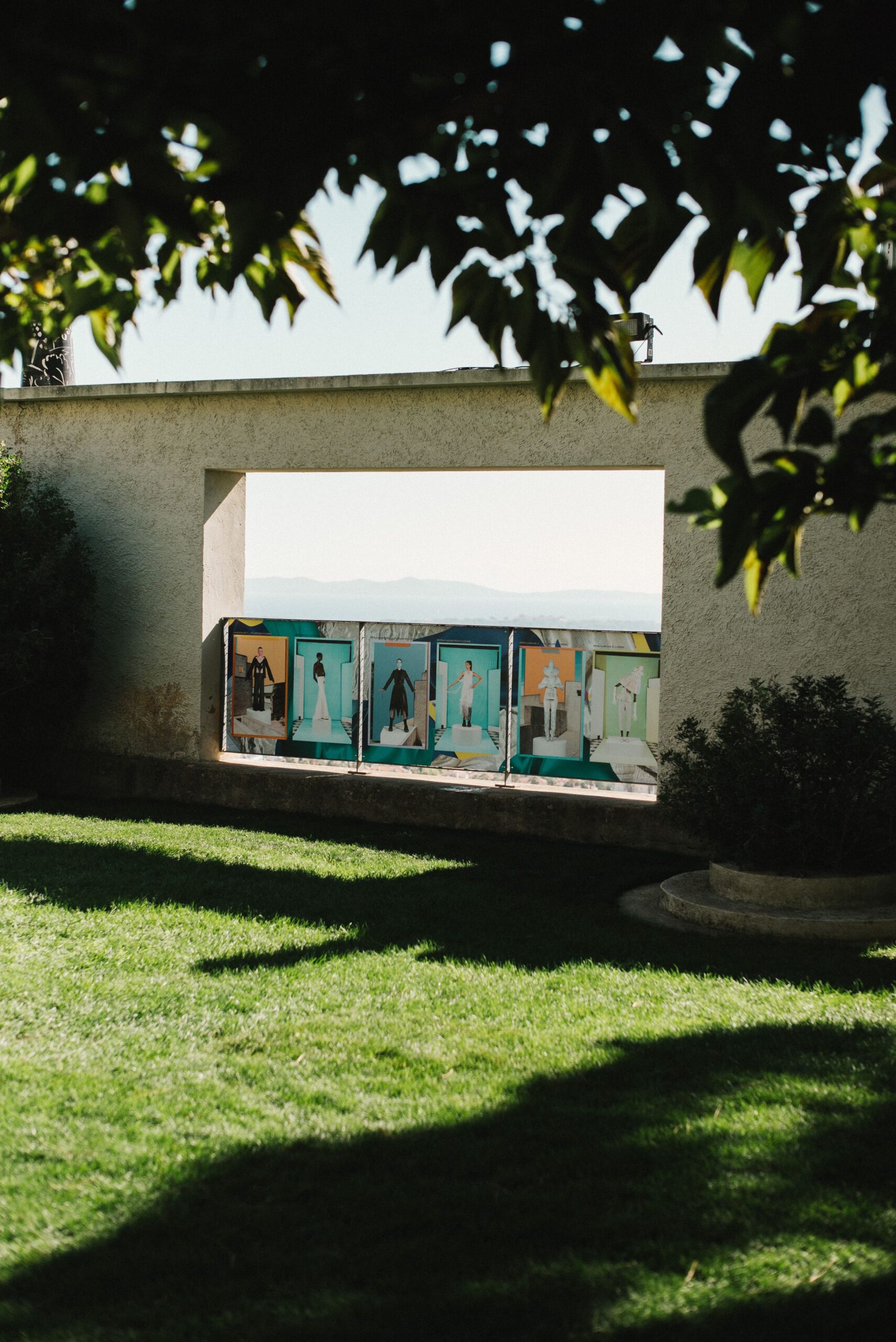
“This edition highlighted more than ever the generosity and importance of young people. After all, Charles and Marie-Laure de Noailles had already bet on Salvador Dalí and Alberto Giacometti, who were then around 20 years old.”
Alan Crocetti’s Body Politics exhibition is one of the Festival’s possible spaces to visit. The exhibition is as if it were also the manifesto of the self-taught designer, head of the Accessories jury. Over the years, Crocetti has managed to reinvent an extremely codified art with jewellery that is part wearable sculpture, part tools of resistance that unhinges and disrupts the rigid boundaries of gender identity. The inspirations for her work range from architecture to the study of human anatomy. Body Politics presents Crocetti’s jewellery on silicon busts and faces, fluid bodies on pedestals set with thorns, amidst walls covered with roses that seem to come out of the walls. A perfect introduction, that of the designer, before awarding the finalist for the accessories contest: Gabrielle Huguenot. The Swiss designer, was awarded the prize for her creation of sparkling and disquieting jewellery-objects, or as she called them “impetuous and vindictive”. The Hermès Accessories Prize was awarded to Frenchman Victor Salinier, who took up the challenge of using only leather to create a very poetic headgear, ma premier monture (my first mount) evoking the posture of a child sitting on his parent’s shoulders.
“Youth, which is the essence of the Festival, looks to the future in a creative and personal way, while always keeping a watchful eye on the past.”
On the podium in the fashion section, three prizes – the Grand Prix Première Vision, the 19M Métiers d’Art and the Public Prize – went to Igor Dieryck, a 24-year-old Belgian designer based in Paris, graduated of the Royal Academy of Fine Arts in Antwerp and currently a junior menswear designer at Hermès. Dieryck’s work amazed with the idea of clothes as protection, as a weapon to defend oneself or to build one’s identity by breaking the mould imposed by society. His collection, entitled Yessir, was born from his experience as a receptionist in a hotel, where he had worked to pay for his studies. Igor has overturned the canons linked to the concept of uniform, interpreting in an original way garments such as the bellboy jacket, which is tinged with pink and matched with very high-waisted trousers, or the “mille-feuille” denim jacket, which reinterprets in an innovative way a material associated with workwear. Sweden’s Petra Anastasia Fagerstrom, with her Grand-Mère Volante collection inspired by the world of parachuting reinterpreted in a feminine key, won the Atelier des Matières Prize and the Mercedes-Benz Sustainability Prize, thanks to models inspired by her grandmother, a parachutist in the former Soviet Union, made from recycled materials and warehouse waste. Seen together, the works of these young designers show how the Hyères Festival is a privileged observatory to understand where fashion is today but, above all, where it will be tomorrow, a fertile place of creativity that gives space in an inclusive way to young people and their differences.
Different worlds, geographies and aesthetics were also presented in the photographic sphere. Senegalese Souleymane Bachir Diaw won the American Vintage Prize, while the People’s Choice Prize was awarded to the delicate and ethereal imagery of Kin Chan Coedel with his project Dyal Thak: a series of photos capturing the resilience of Tibetan nomads as they navigate economic and social change. Coedel succeeds in illuminating the unique beauty and harmony of Tibetan communities, with a focus on Ritoma, Ruby Yang’s award-winning documentary film, where craftswomen preserve traditional textile production while embracing sustainability. Hong Kong, on the other hand, is the place that is told through the tension of photographs by Swiss photographer Thaddé Comar. The photographer won the 7L Photography Grand Prize, awarded by Luis Alberto Rodriguez, who appreciated the quality of the project as it documents the political protests by synthesising the conflict with a series of serial portraits and shows the different devices used by protesters to prevent them from falling victim to facial recognition.
For further information villanoailles.com
